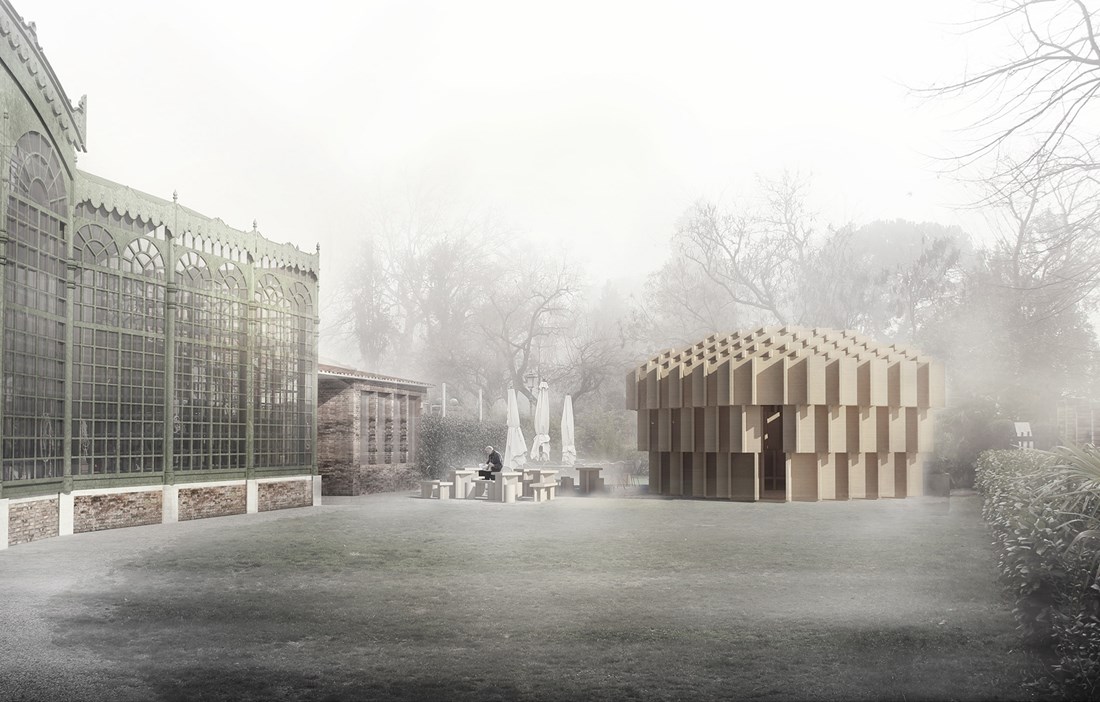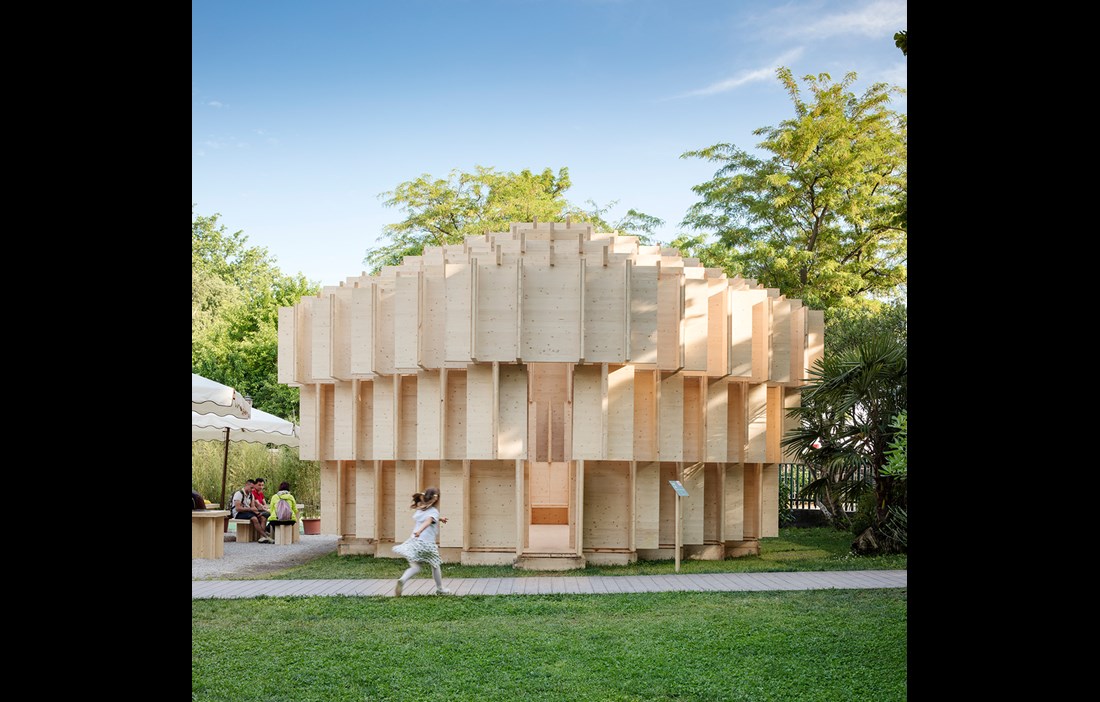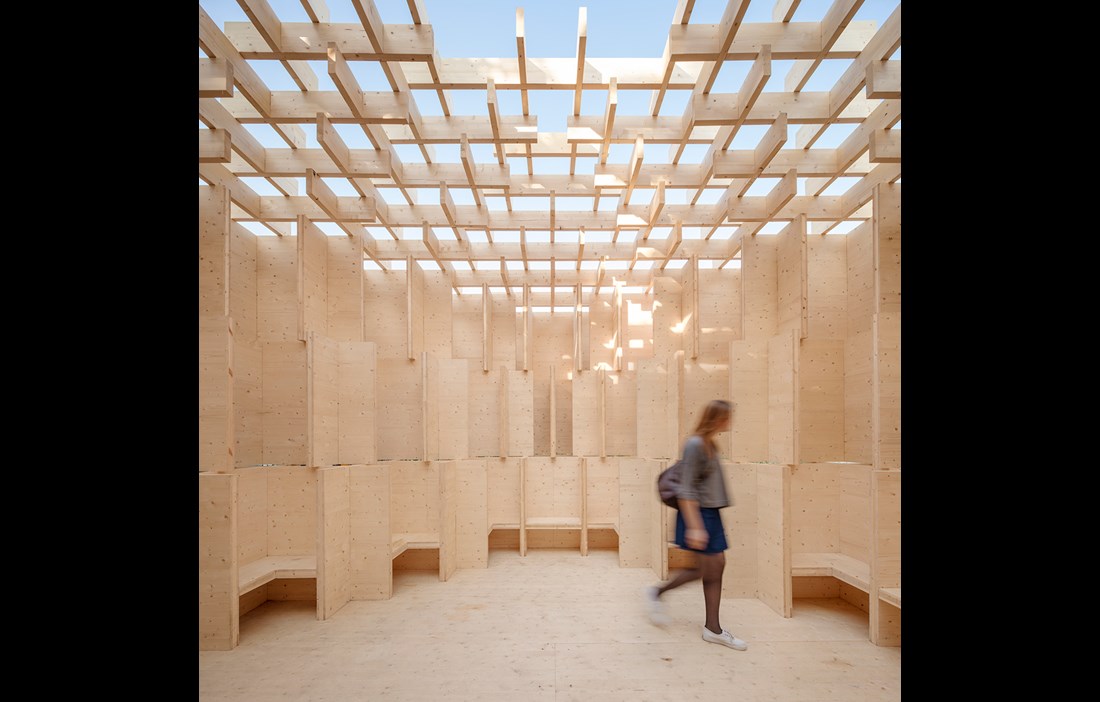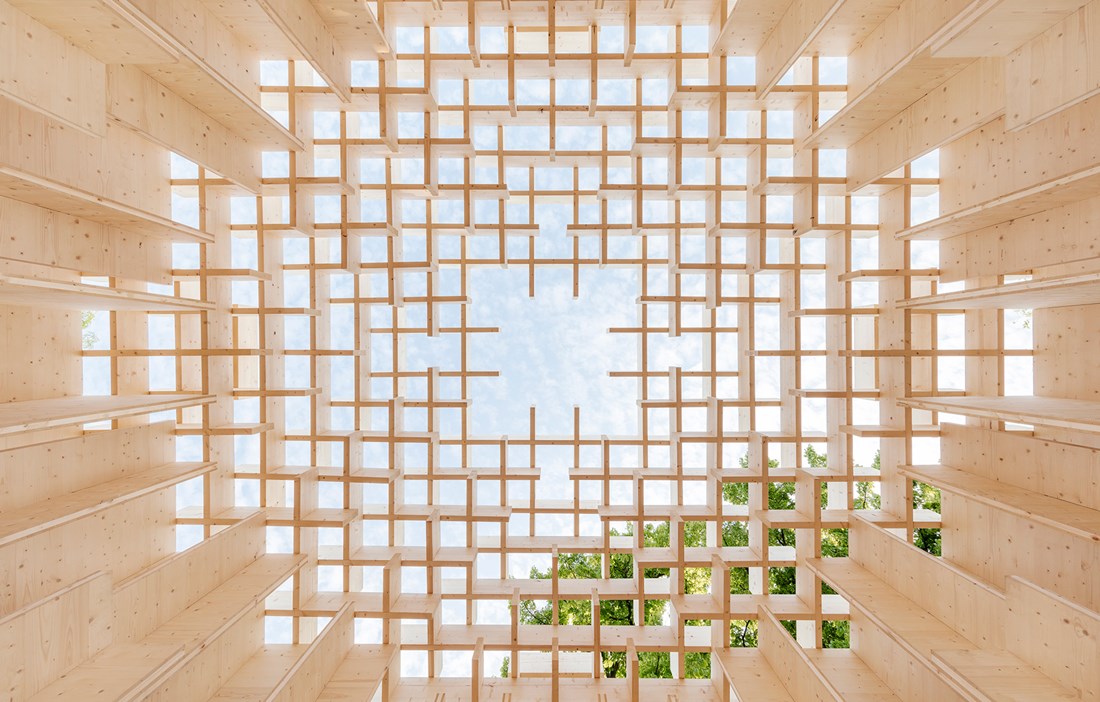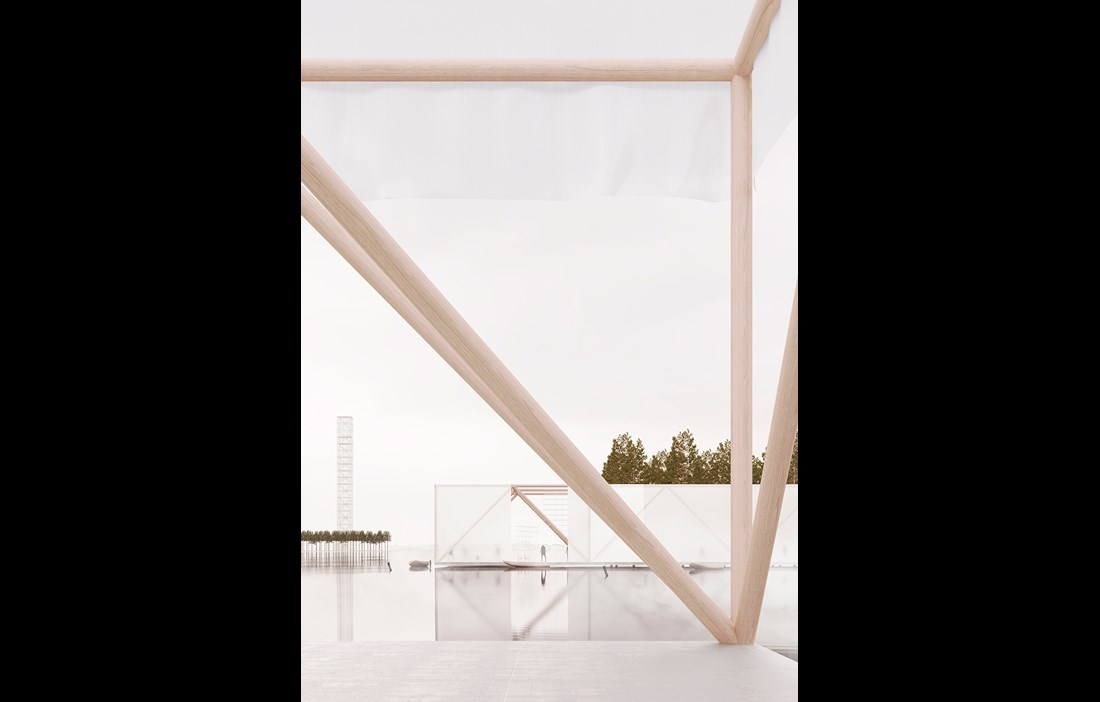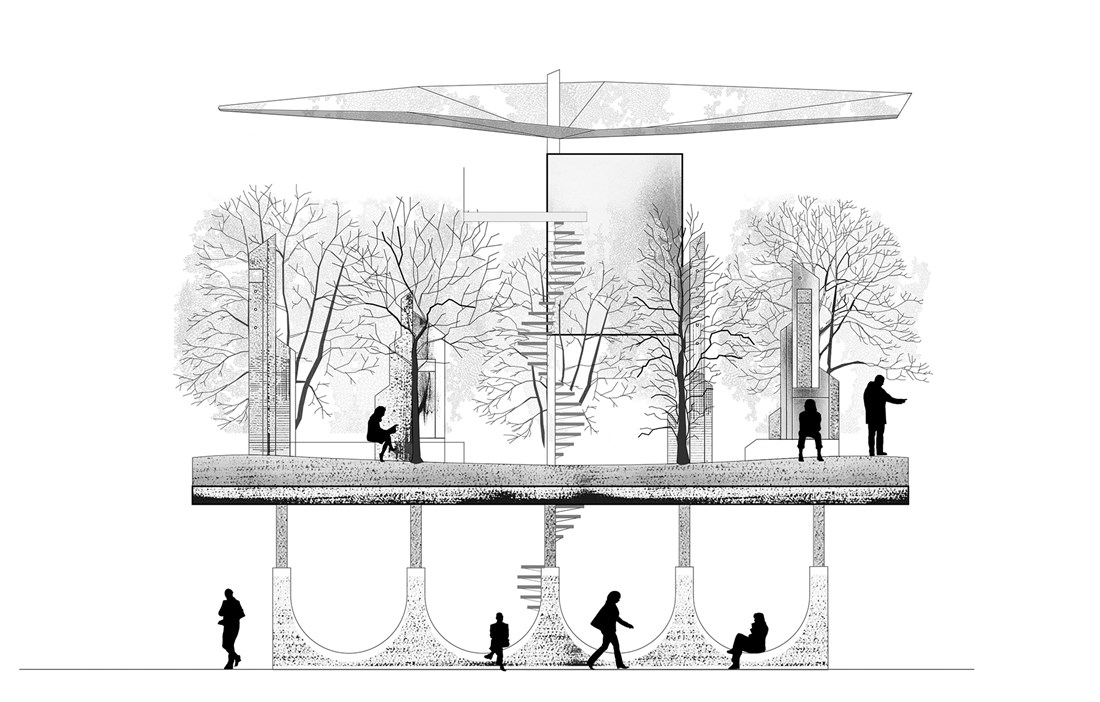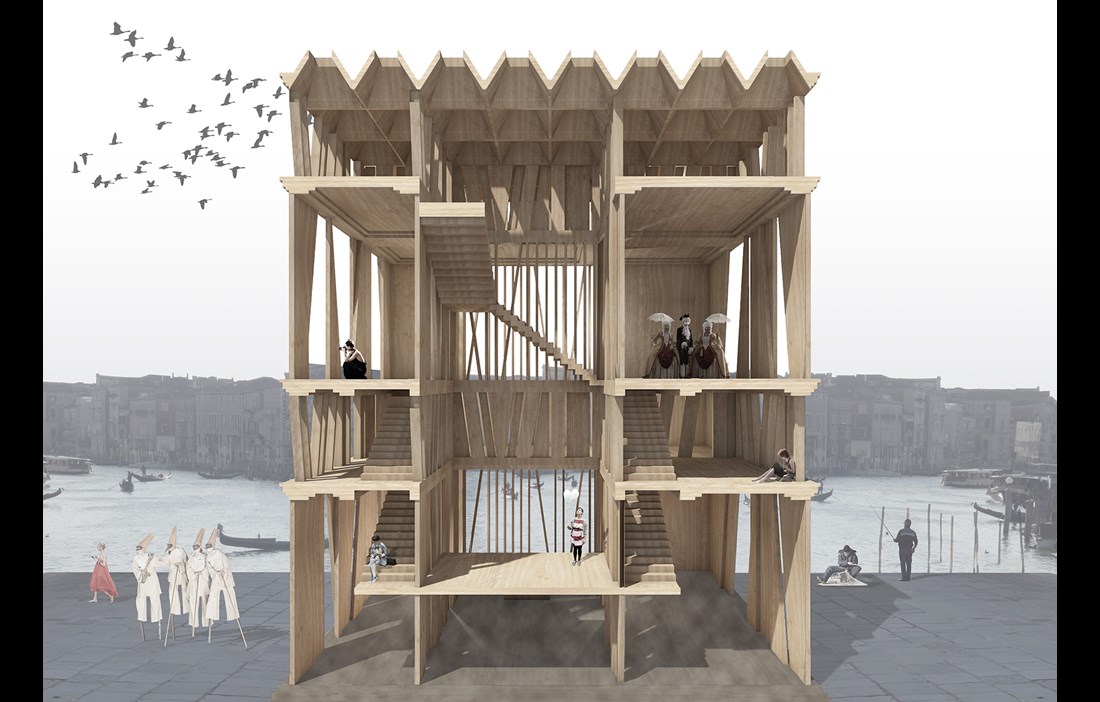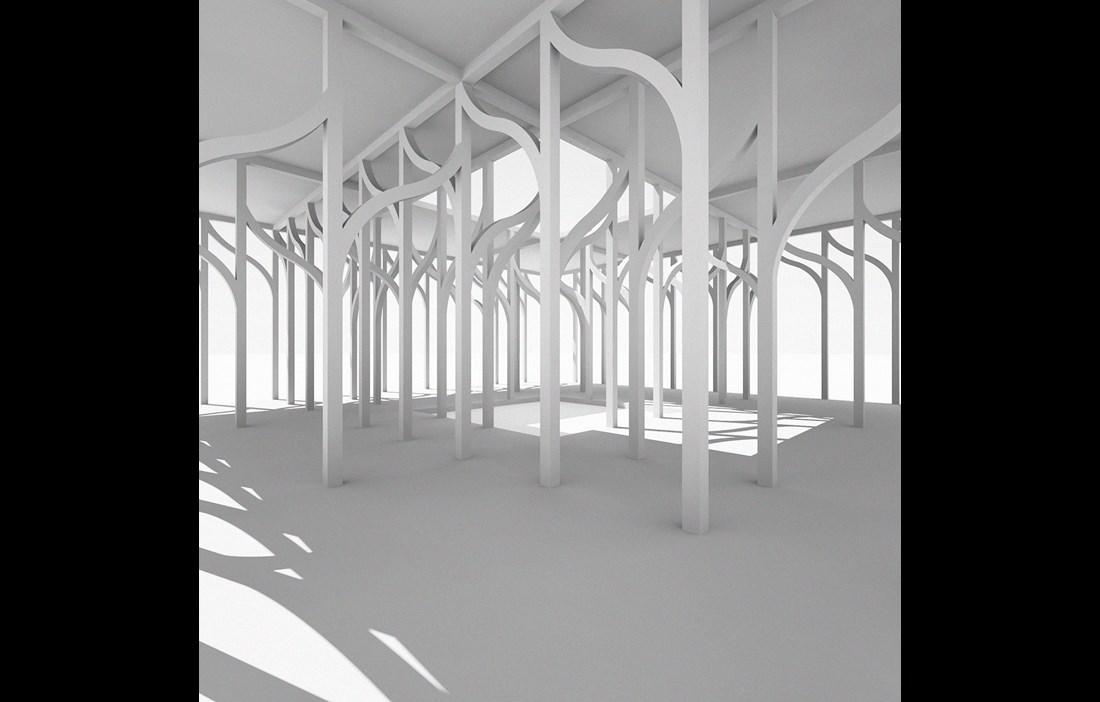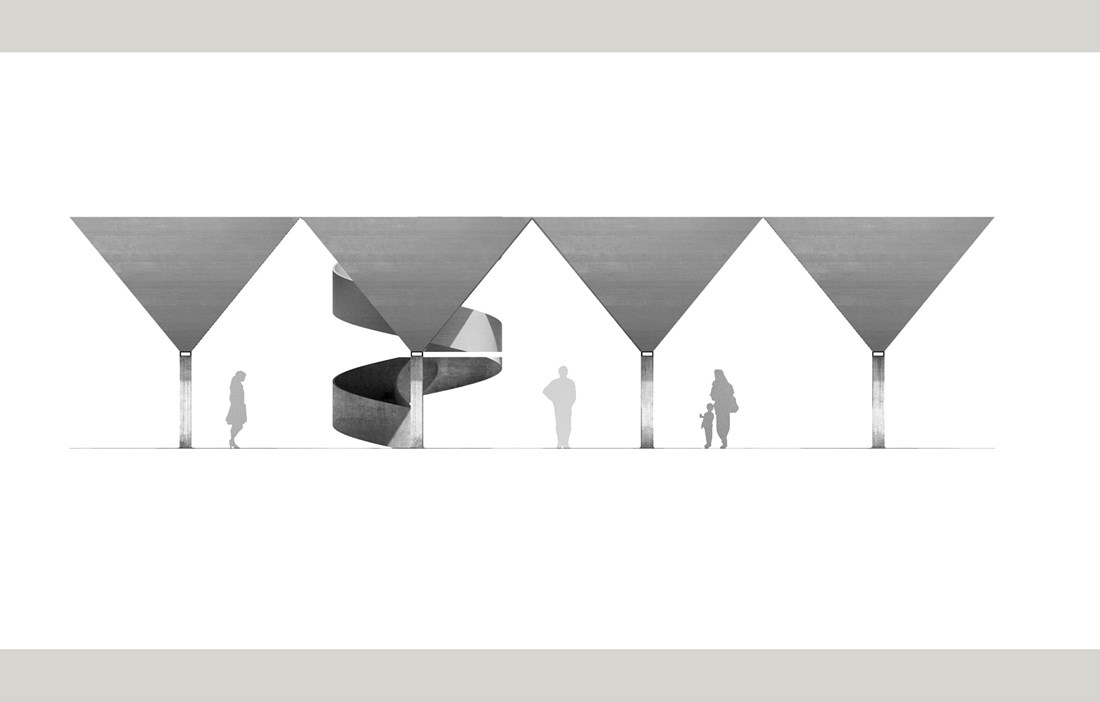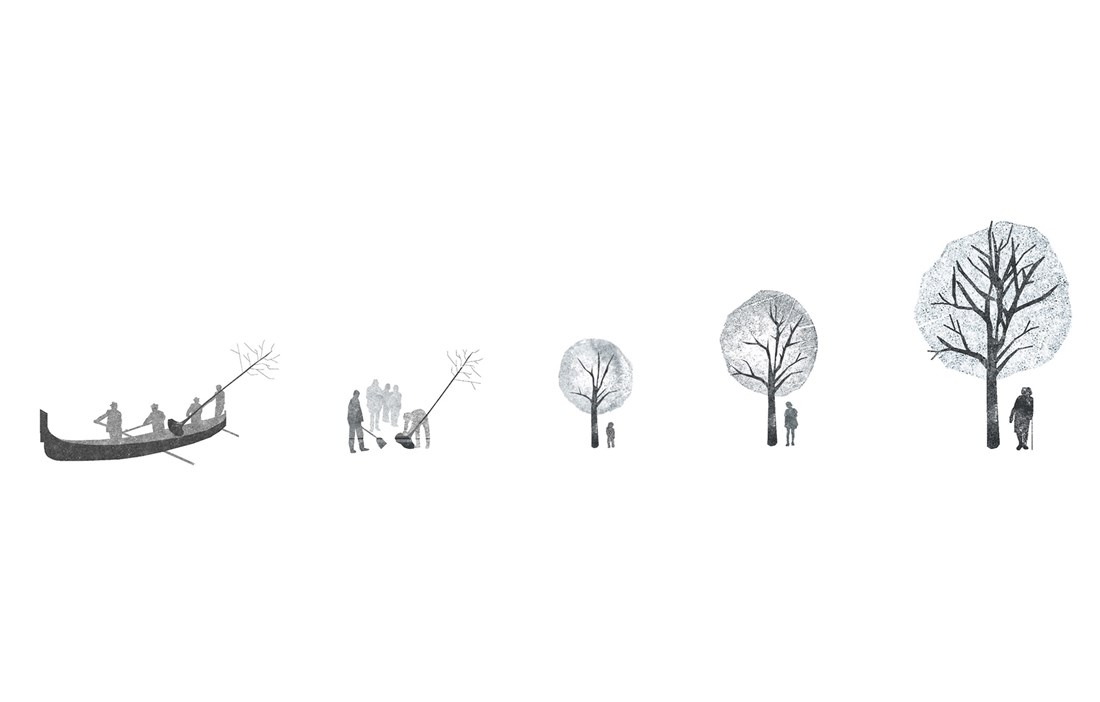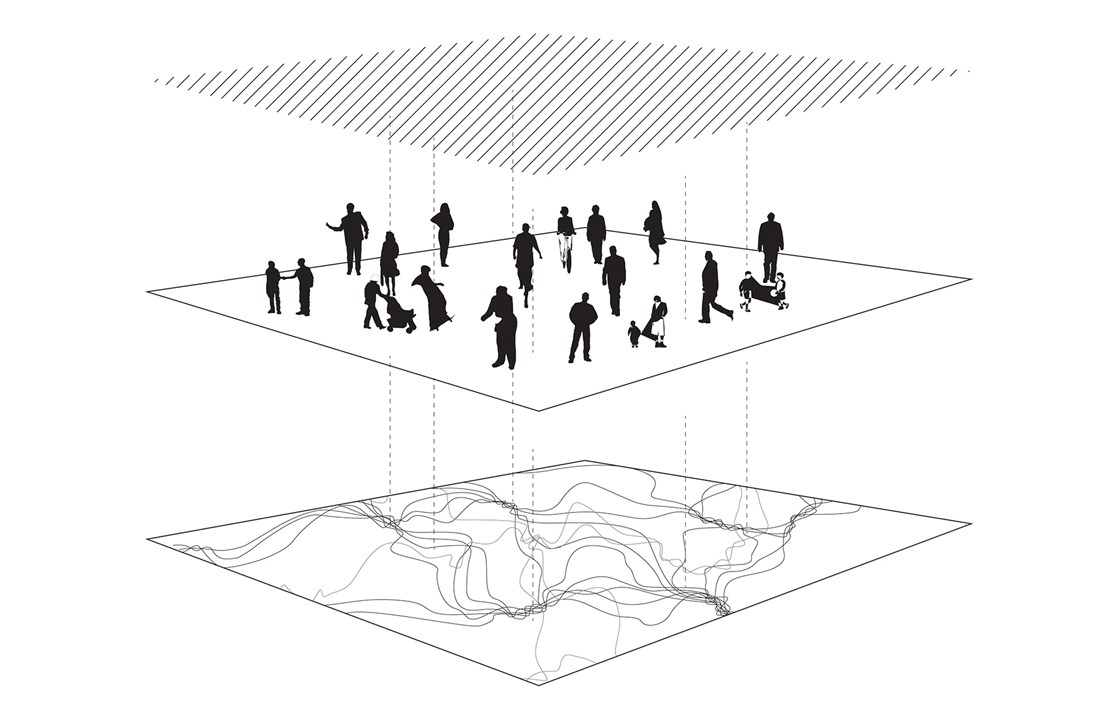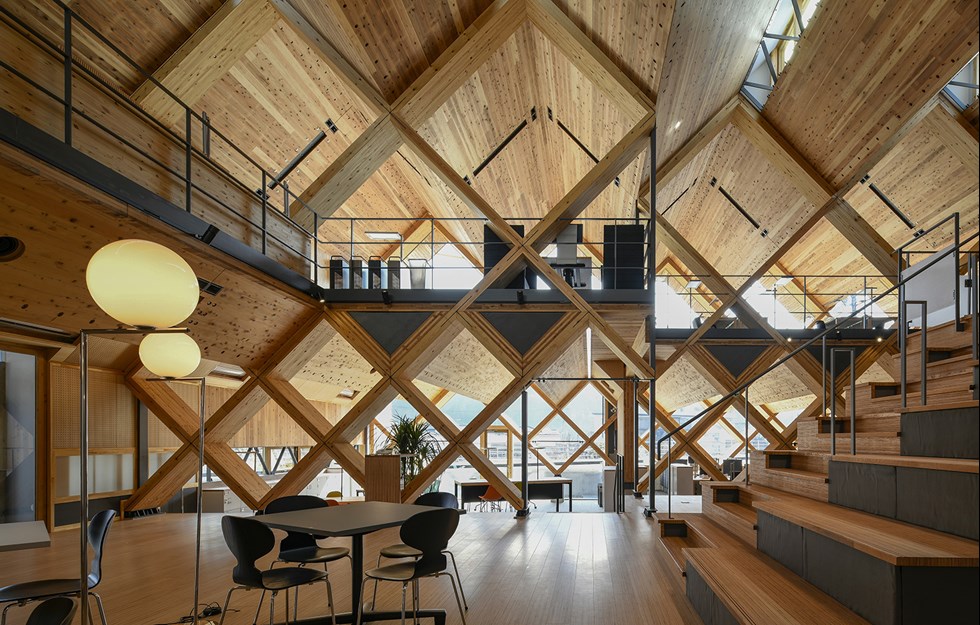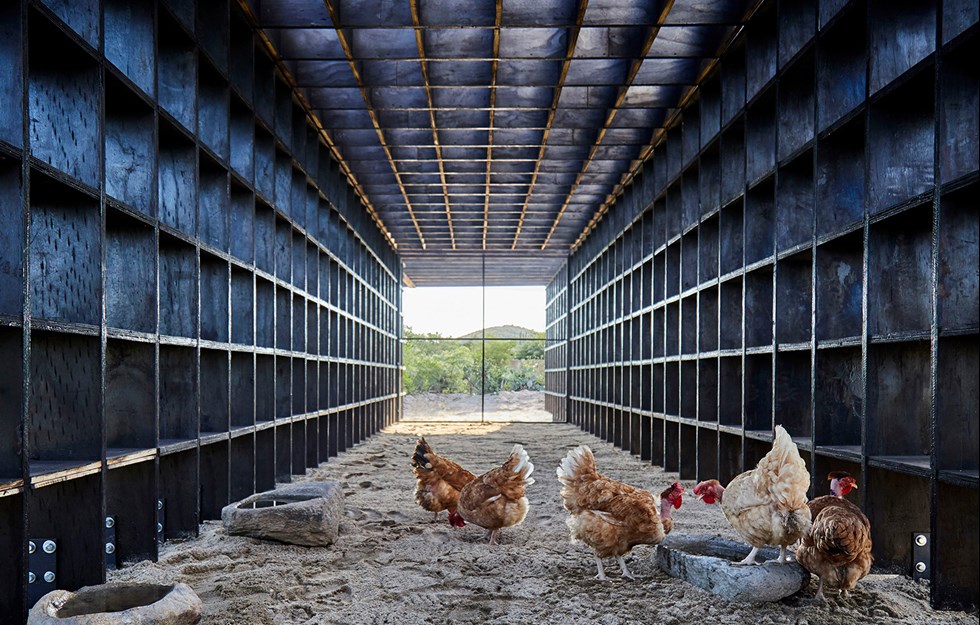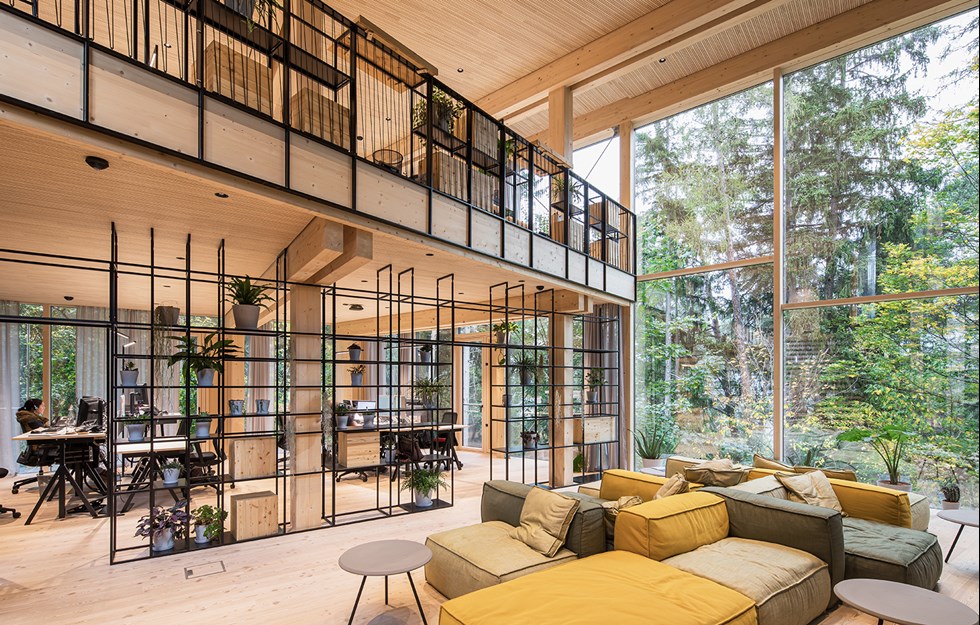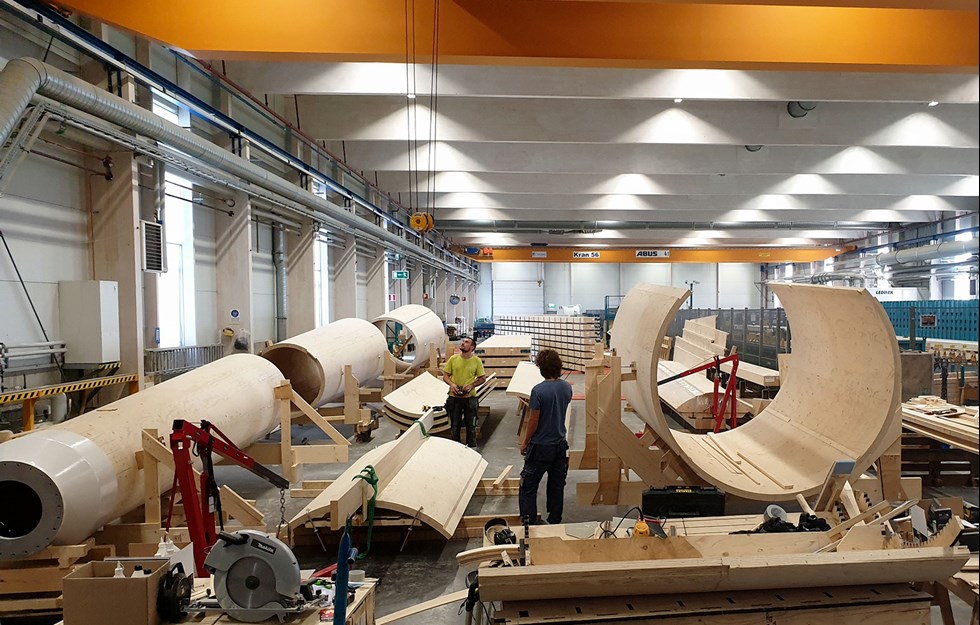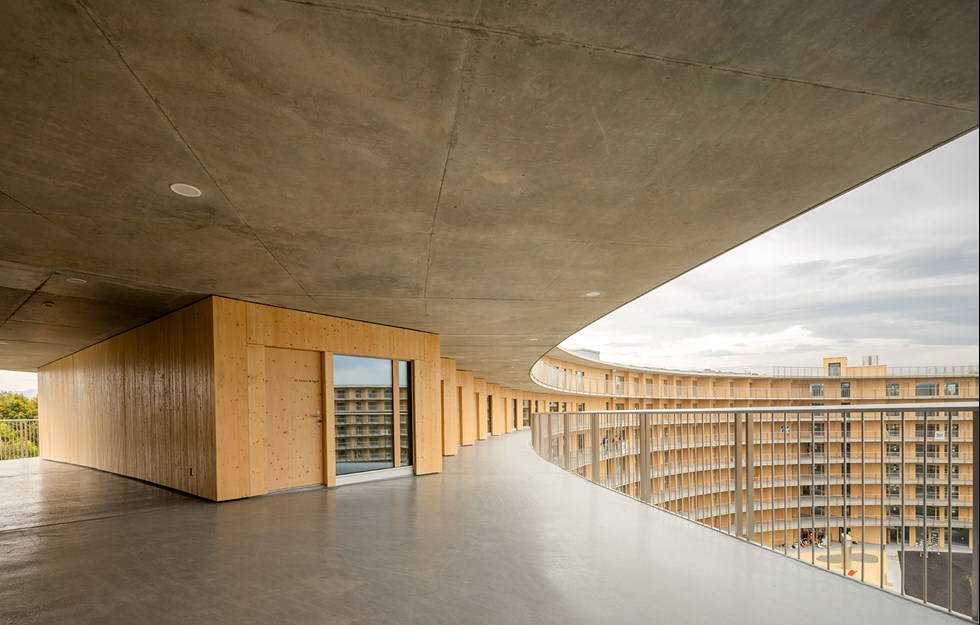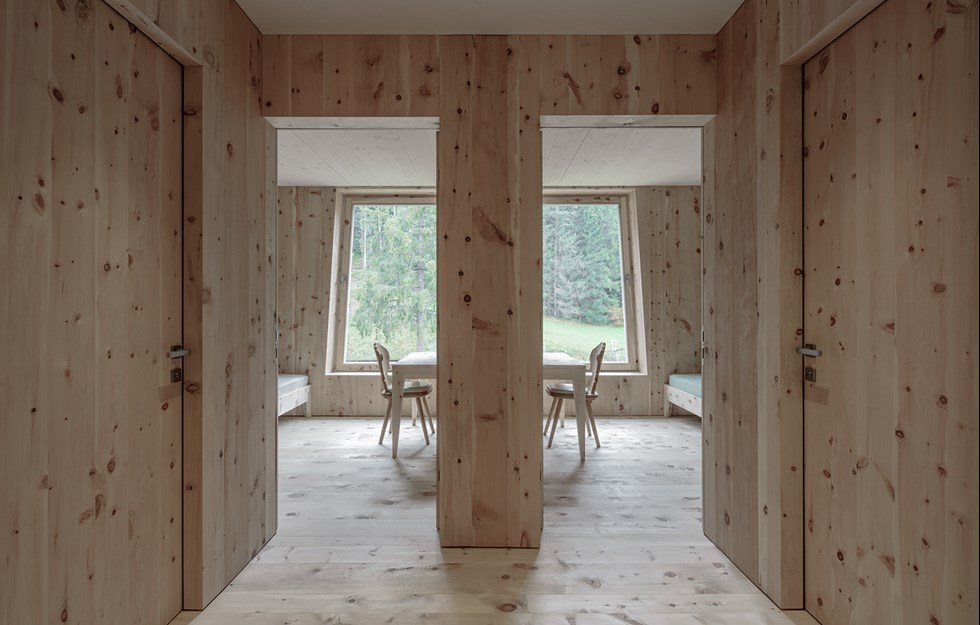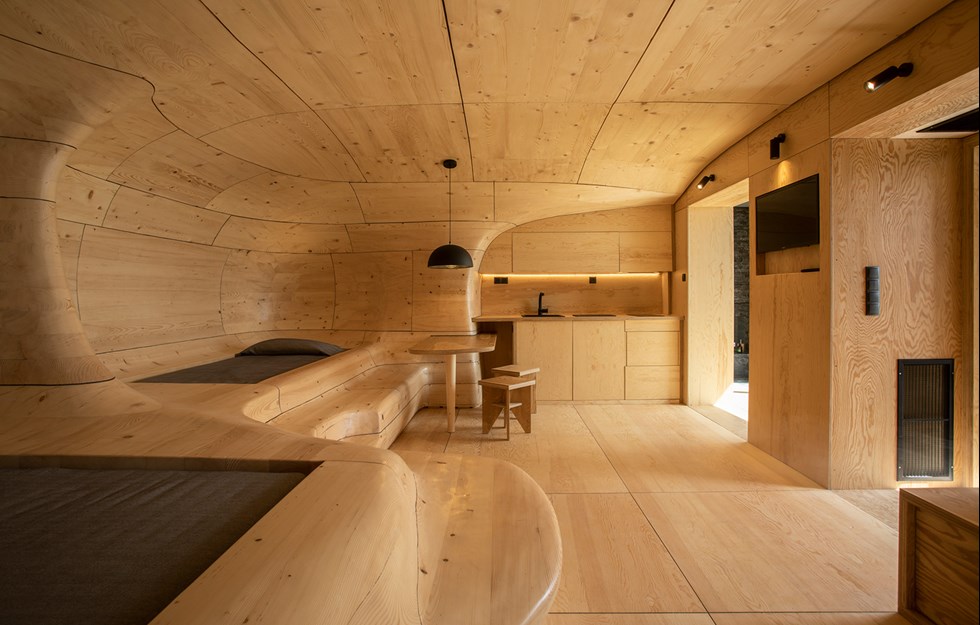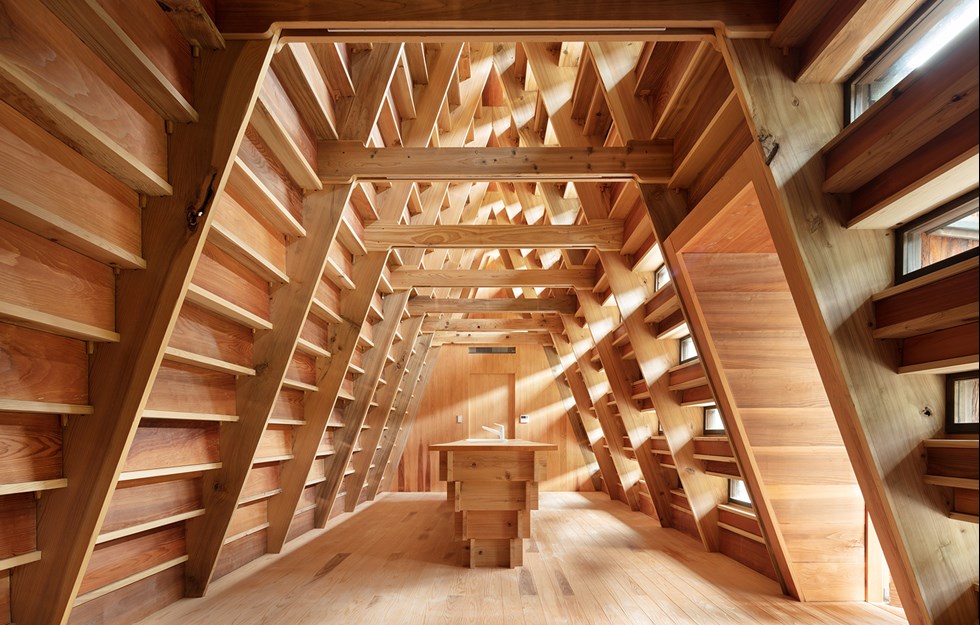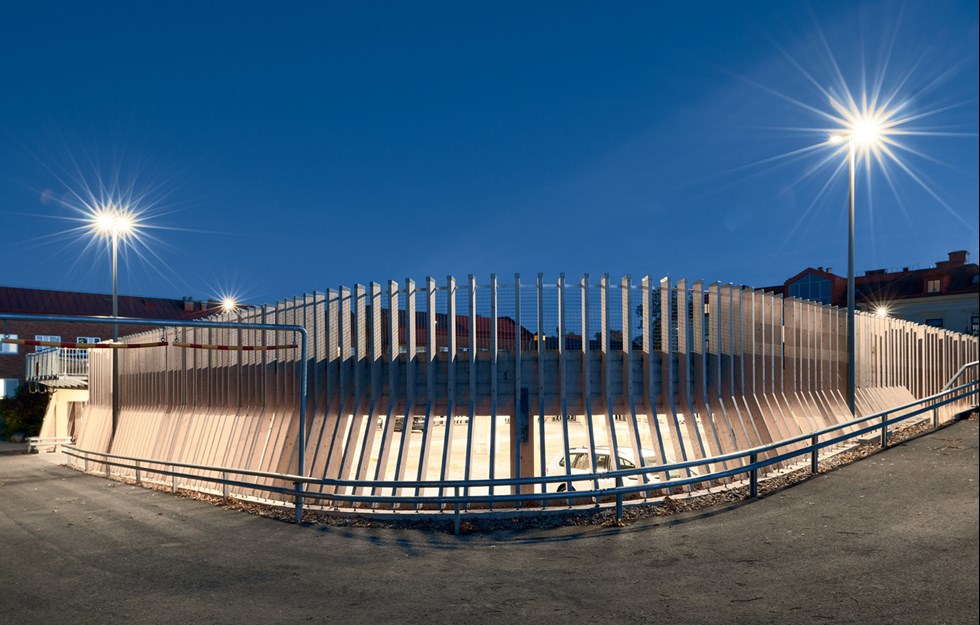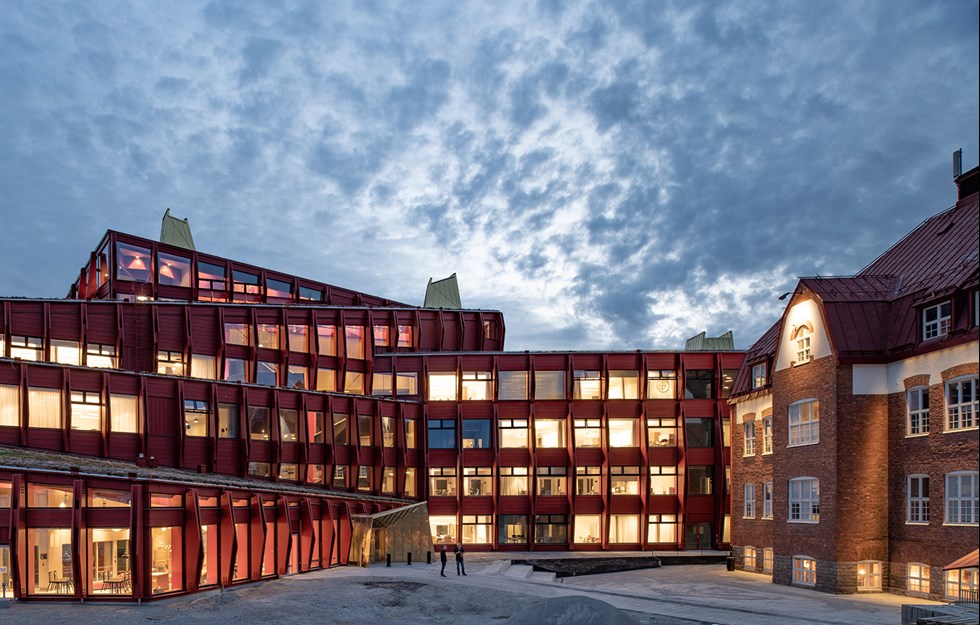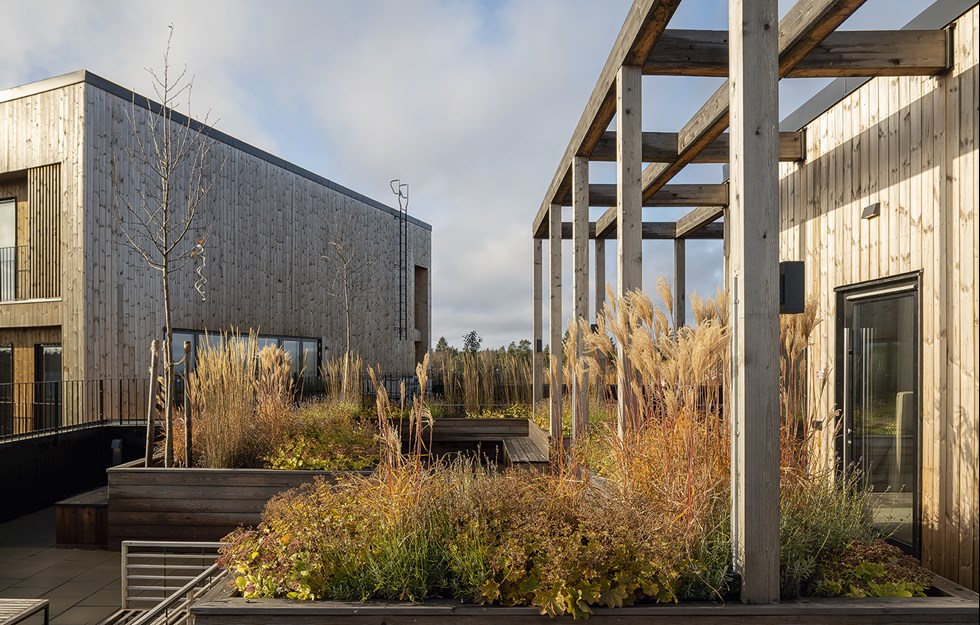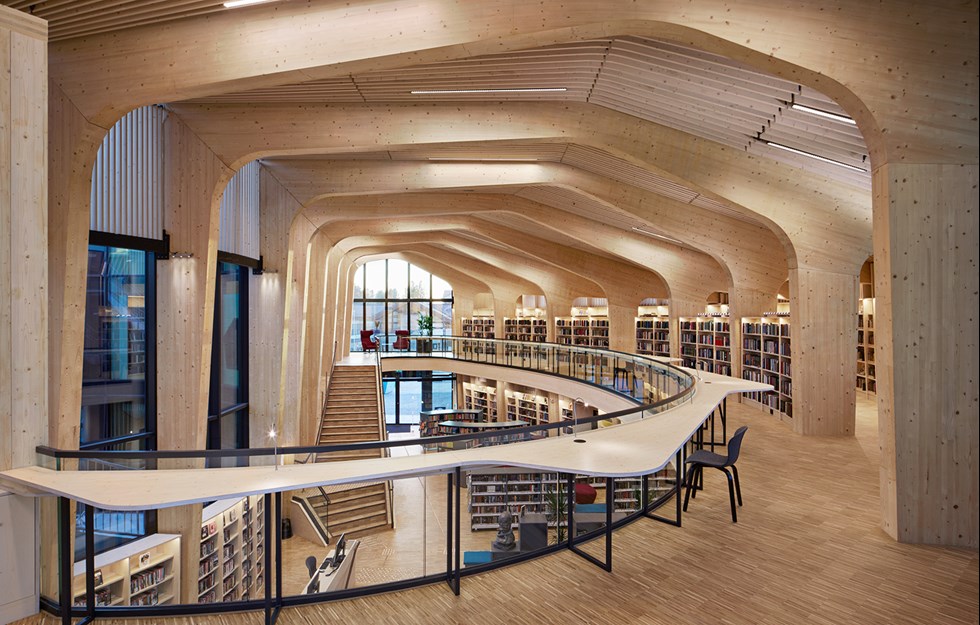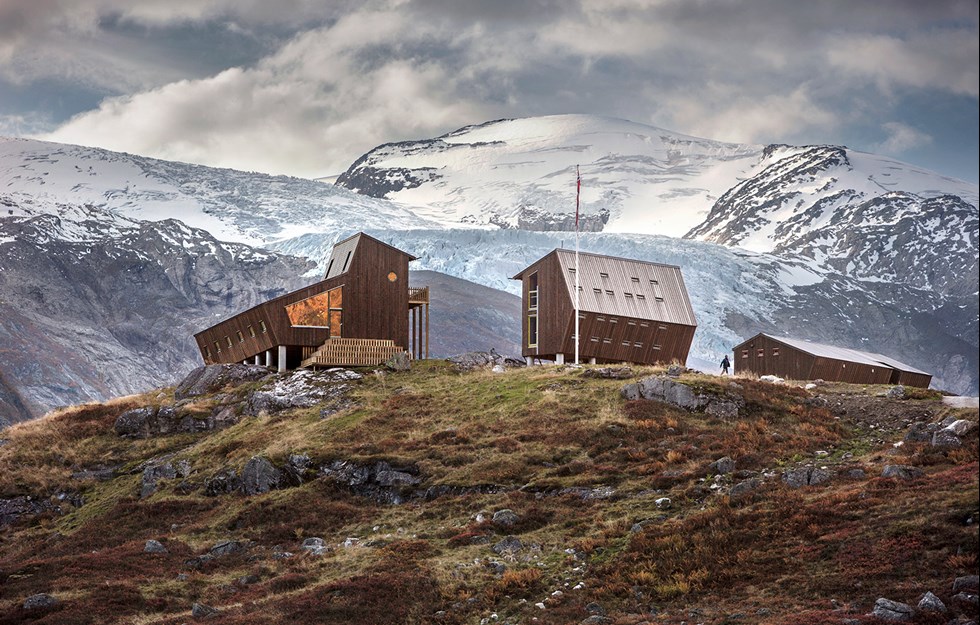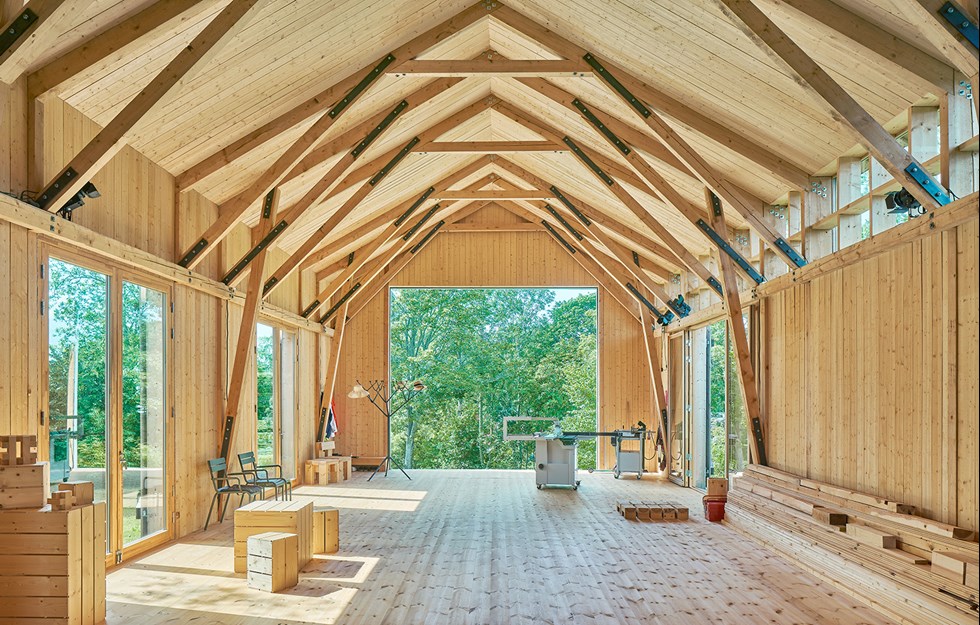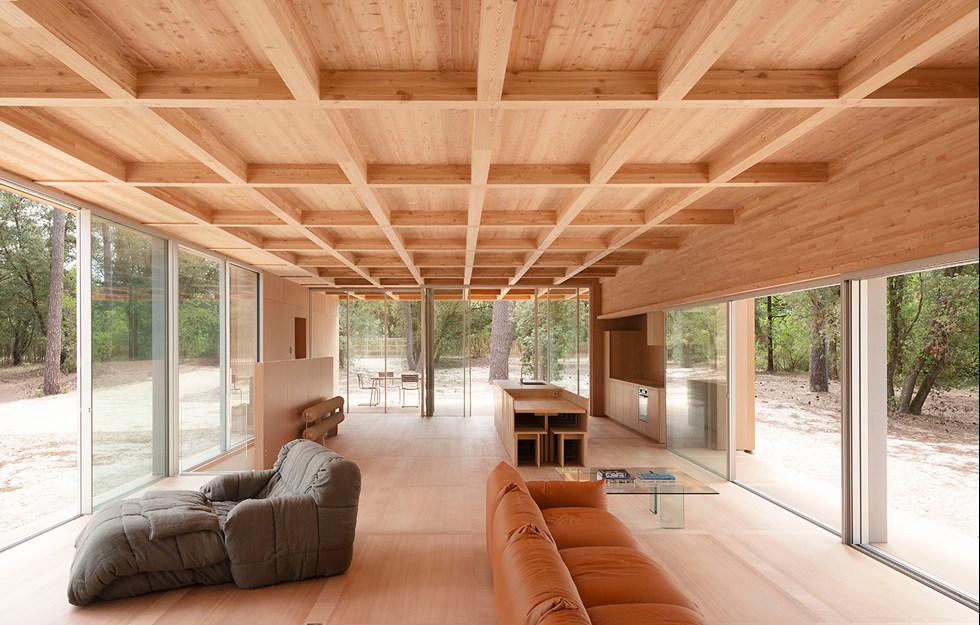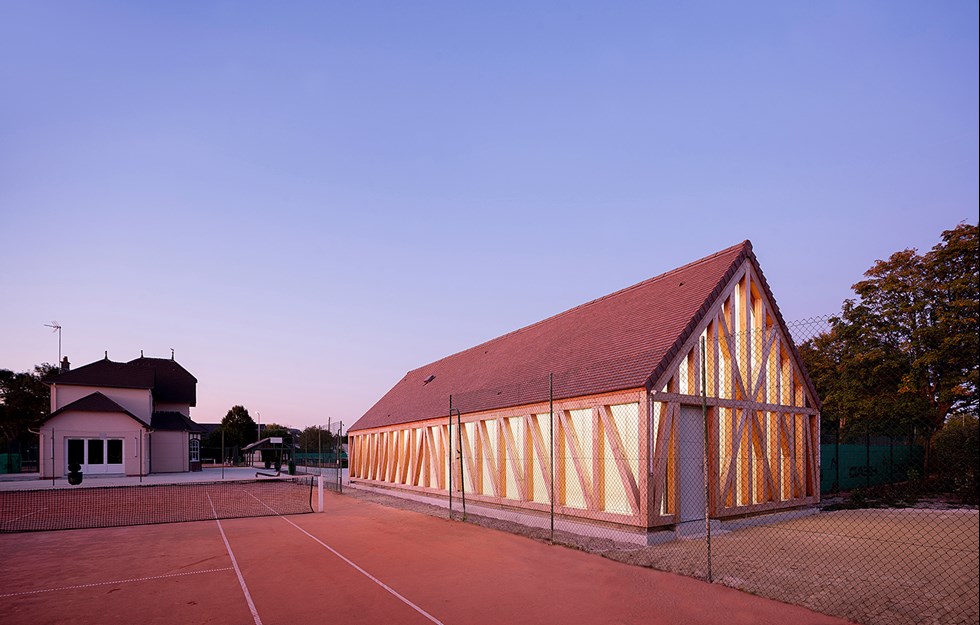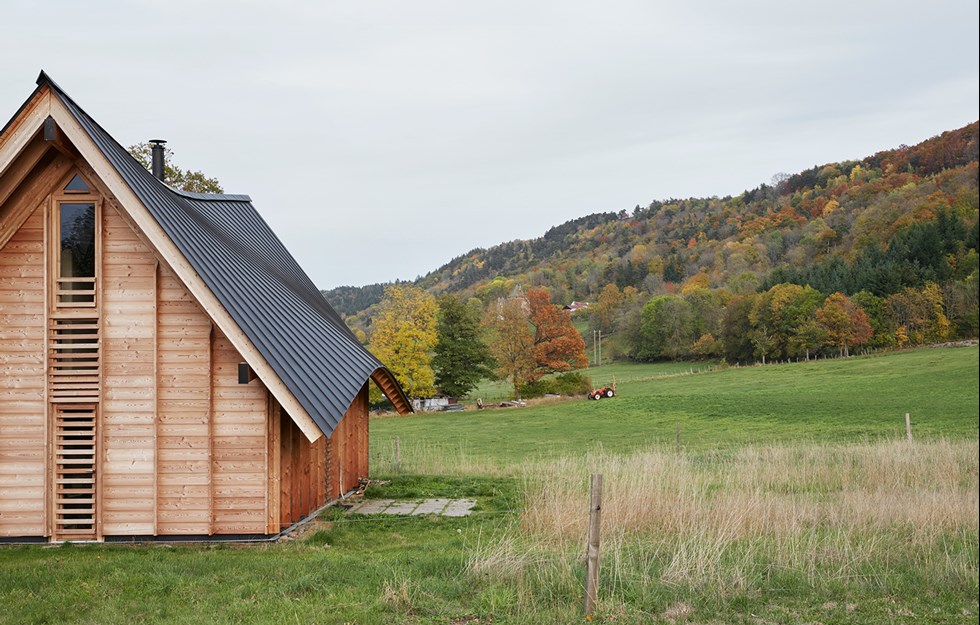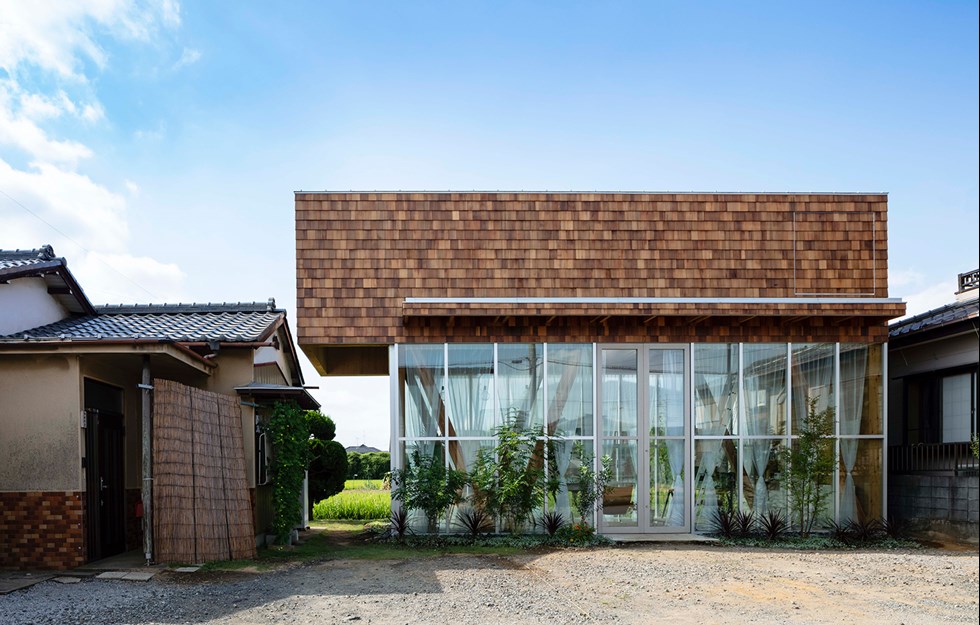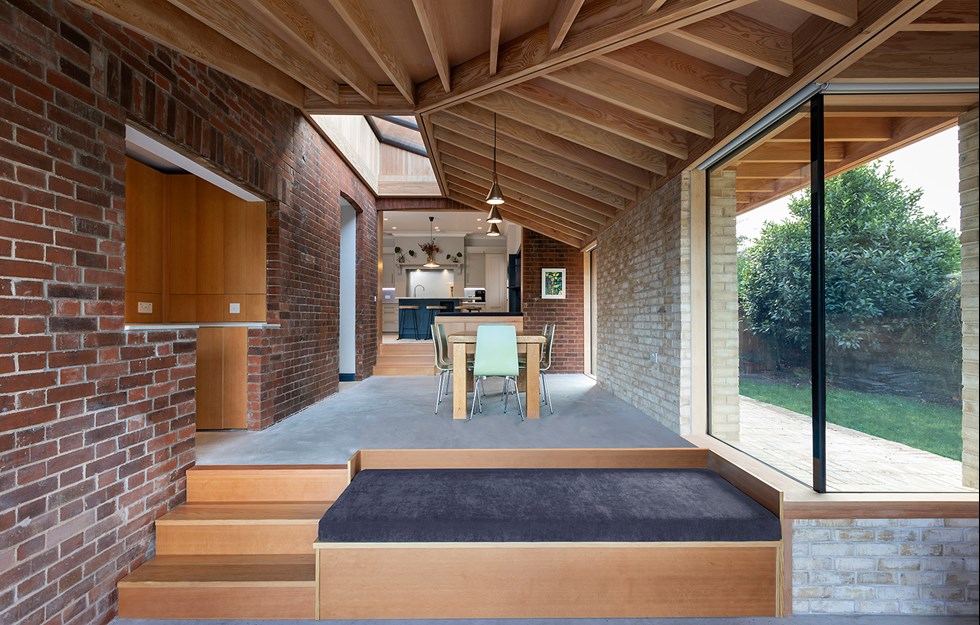IN THE SIXTH century, the Huns torched and plundered many villages in northern Italy, forcing the population to flee south. Eventually they came to a lagoon in the Adriatic Sea, an inaccessible location that offered greater safety and security. Here they built new homes on small islands and on platforms resting on wooden posts, creating Venice.
For the Venice Architecture Biennale 2016, Kjellander + Sjöberg – in partnership with Folkhem and seven other architectural practices – has taken up the history of the Italian city in the exhibition The Forests of Venice. The exhibition is being held in a beautiful greenhouse from 1894 located in the Giardini Park between the Biennale’s two main exhibition sites. Inside, seven selected architectural practices examine classical Venetian architectural features, which are then interpreted and reformulated into sustainable strategies and designs for our times. The Biennale’s theme Reporting From the Front focuses on the scope for architecture to improve conditions in vulnerable areas, a theme that The Forests of Venice connects to Venice’s own battle against rising sea levels – a problem that currently threatens several cities in coastal areas around the world.
“Venice exploited the innovations of its day in a fascinating way. The whole city is built on posts made from 10 million trees, on marshland and in harmony with the tides. It has successfully endured for over 1,500 years, but now climate change has caught up with it,” says Stefan Sjöberg of Kjellander + Sjöberg.
Kjellander + Sjöberg also created a neighbouring pavilion. The pavilion is an interpretation of the famous Doge’s Palace, Venice’s leading public building and a symbol of its distinguished rulers. Essentially, they have taken the palace and inverted it to show the possibilities inherent in our modern democratic power structures.
“We wanted to create an informal assembly room with beautifully filtered daylight that prompts thoughts of trees, branches and leaves. Like a forest glade. The pavilion can also be seen as a reference to the façades of Venice, which I think have something very natural about them,” continues Stefan Sjöberg.
THE PAVILION IS MADE FROM 276 cross-laminated timber panels that were produced in Sweden and assembled on site. Many of the panels were transported here by boat, which strengthens the connection with Venice and echoes the way the city was first built. The main function of the exhibition and the pavilion is to promote wood as a sustainable construction material.
“I believe the whole industry is sitting up and taking note of the completed projects that show just how much can be achieved in wood. What we need to see now is even more building in wood so the initial costs become comparable with a steel structure,” states Stefan Sjöberg.
The little oasis between the exhibition sites is a fine opportunity to showcase and market – and in the long run export – Swedish architecture.
“In Sweden we have a knack for harmonising architecture and nature. Of course we need to build denser cities, but nature has so many important functions in a city. It can, for example, create a better microclimate and the ground can absorb large quantities of water when it rains.”
Wood plays a significant role in the architectural traditions of Sweden and Norway.
“We’ve always been interested in designing simple and beautiful buildings, and that’s an opportunity that wood can really deliver on. We think more projects should be built in wood. It makes no sense to do anything else,” concludes Stefan.
Text Erik Bredhe

